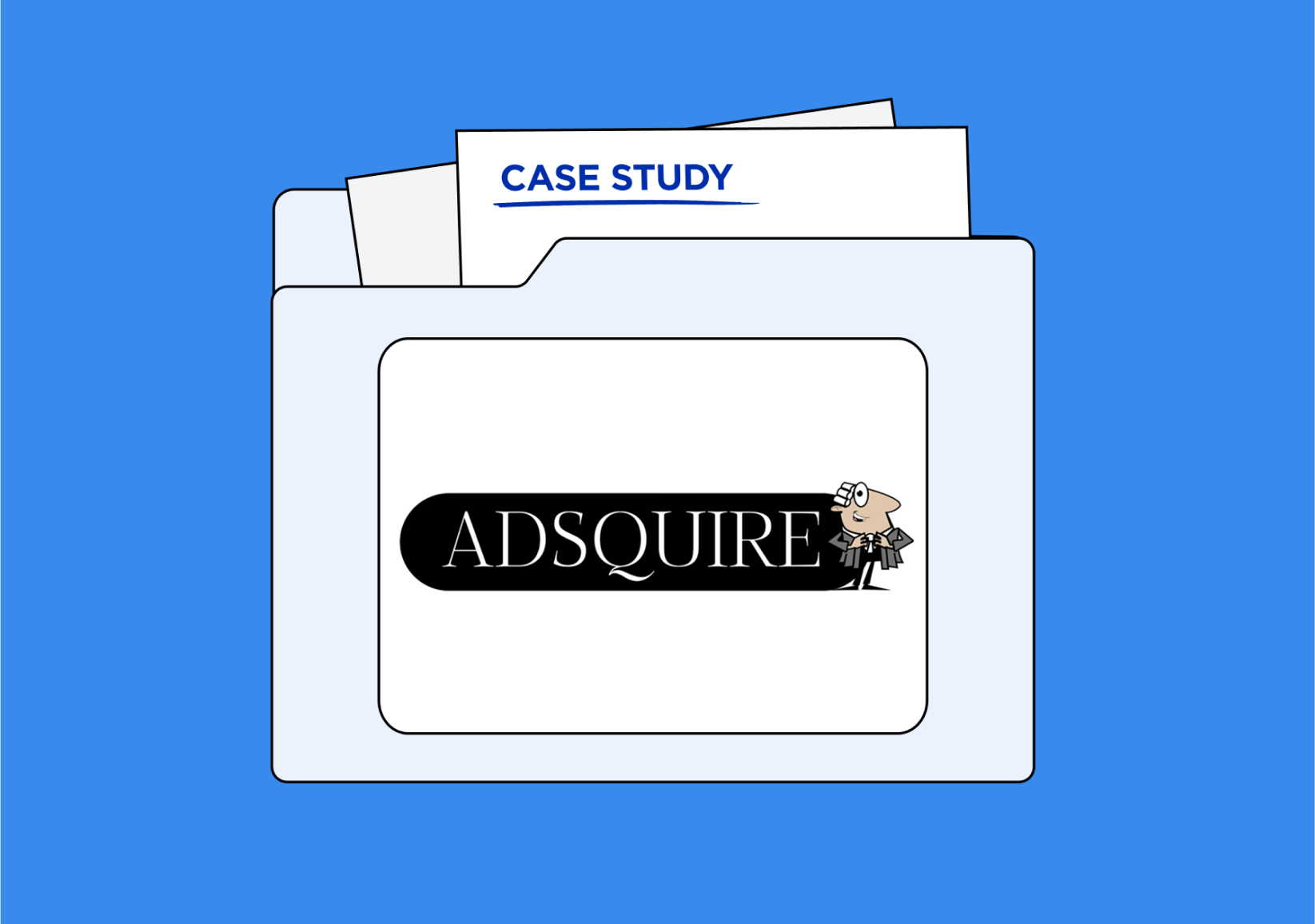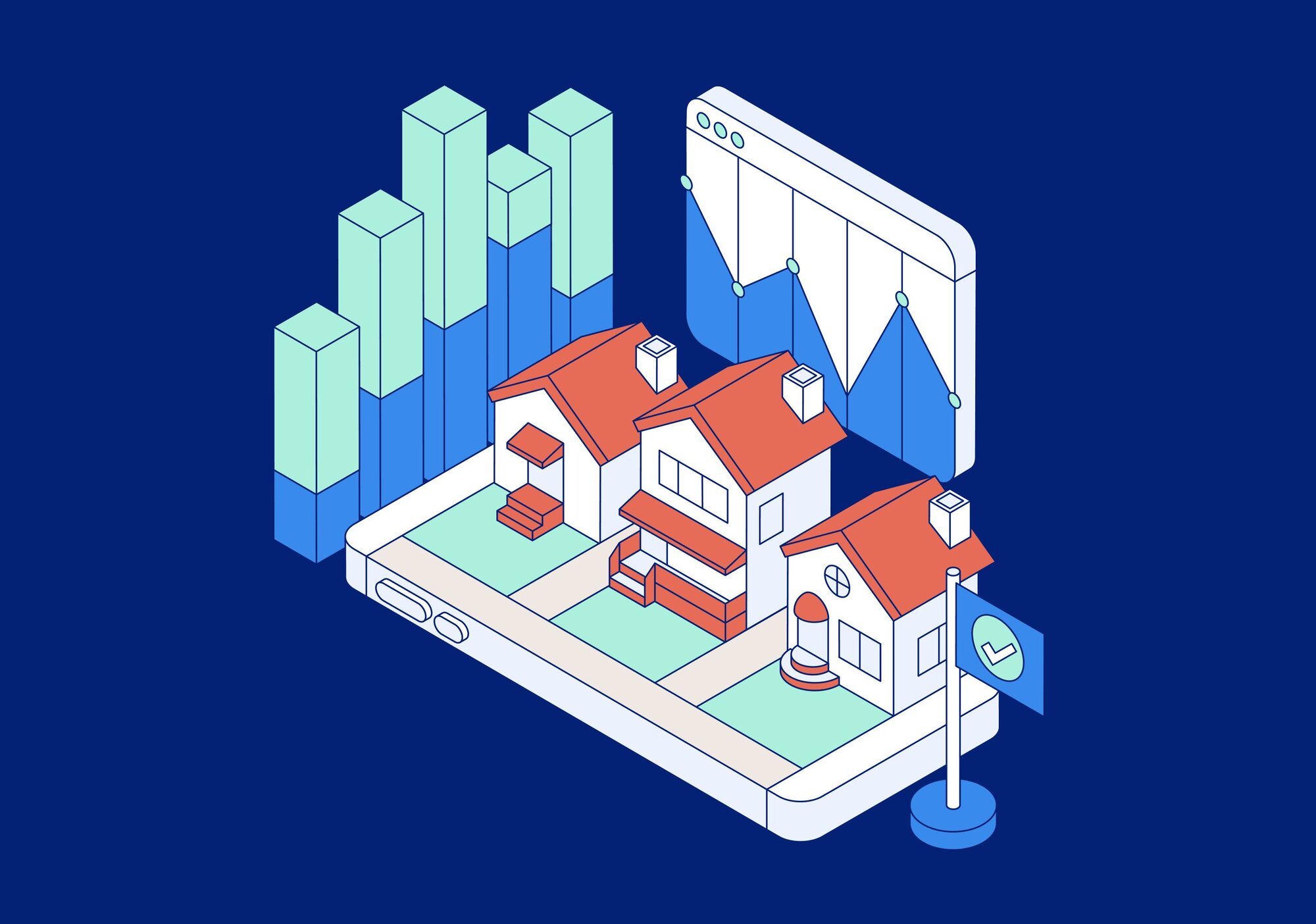TL;DR
- Content marketing is the development of marketing materials that provide value to a prospect, lead, or customer before a sale is made.
- Content marketing establishes, maintains, and improves a relationship with a lead and increases the likelihood of a sale.
Examples of content marketing at each stage of the buyer's journey to help grow your business:
- Awareness level content marketing examples: Blog articles, podcasts, webinars, e-books, infographics, videos, printed guides
- Consideration level content marketing examples: Blog articles, pillar pages, e-books, white papers, interactive online tools, comparison guides
- Decision level content marketing examples: Comparison guides, case studies, social media posts, emails
- Delight level content marketing examples: Videos, emails, podcasts, webinars, blog articles, online tutorials
Your small business has a website, a standard marketing strategy, and maybe even a strong Facebook presence. Isn’t that enough?
In 2020, the answer is: probably no. Today’s consumers are more careful about their choices and use a variety of tools to determine which solutions and brands are best for their needs. Small businesses need to stand out amid the competition and provide value even before a sale is made — an idea that will be even more vital as the world deals with an uncertain economy.
According to HubSpot, seven of every 10 marketers are keen to content marketing — written, audio, video, or interactive resources geared at leads and customers. Small businesses may wonder if the strategy is worth the investment, but increasingly, companies of all sizes understand that they need it to better connect with their target audience.
What is content marketing?
Content marketing as a concept is often thrown around without small businesses truly understanding what the strategy entails. Technically, any marketing activity involves some sort of content, from the pamphlets you hand customers to coupons in the local weekly newspaper to billboards to social media posts — you’re creating something to promote your brand with customers and potential customers.
More narrowly defined, content marketing is the development of marketing materials that provide value to a prospect, lead, or customer before a sale is made. Such content builds trust and advances leads toward a purchase.
Content marketing strategies can take many forms, including:
- Blog articles
- E-books
- White papers
- Infographics
- Videos
- Webinars
- Printed guides
- Comparison guides
- Pillar pages
- Podcasts
- Interactive online calculators, quizzes, and assessments
- Case studies
- Social media posts
- Email marketing
- Online classes and tutorials
Although this is quite a list, small businesses shouldn’t attempt to develop every kind of content — just what their resources and expertise can handle. That said, companies shouldn’t avoid content marketing just because they think they don’t have the time for it. The strategy is so valuable for converting customers that you should be making the time.
The value of content marketing for small businesses
When executed well, your content marketing strategy will deliver an incredible benefit for you and your target audience: It establishes, maintains, and improves a relationship with a lead and increases the likelihood of a sale. However, some small businesses struggle with a certain principle of the strategy in that you’re often marketing without directly selling your product. After all, what’s the point of marketing if you aren’t trying to convince people to buy from you?
Content marketing embraces the idea of the buyer’s journey — that leads are more likely to convert if they are educated, respected, nurtured, and enlightened along the way to a sale. This journey usually encompasses three types of content, plus a fourth that appeals to customers after a sale:
Awareness
Someone has a problem and needs answers. Why is my lawn brown instead of green? What’s that squeaking noise every time I step on the brakes? What’s a good board game for my grade schooler? Awareness content answers these questions, whether they are using a search engine, looking for advice on social media, or visiting your website directly.
Alternatively, a prospect might not have a problem, but they might want to learn more about a variety of topics — and you, as an expert, can provide this valuable information. What lawn care should I consider for every month of the year? What kind of scheduled maintenance does my SUV need? What is a deckbuilding game? Leads and existing customers alike may relish such content — when you provide it, they’ll appreciate your brand all the more.
Typical content: Blog articles, podcasts, webinars, e-books, infographics, videos, printed guides
Consideration
Whereas awareness content answers basic questions and provides general information, consideration content begins exploring solutions. Using our previous brown-lawn example, a follow-up, consideration-driven piece of content might explore ways to solve the problem, from a professional lawn-care service to a sprinkler system to fertilizer strategies.
At the consideration stage, you still aren’t directly selling your product, but you are subtly setting up your solution as the most desirable option for the lead. More importantly, you are providing continued valuable information and nurturing the relationship, which may or may not result in a sale but definitely can build respect for your brand.
Typical content: Blog articles, pillar pages, e-books, white papers, interactive online tools, comparison guides
Decision
After consuming all the worthwhile knowledge you’ve delivered, a lead may finally be ready to choose a best course of action. Decision content helps with this choice — and begins to make a case that your product will be most beneficial. At this stage, you can start directly touting your brand and highlight what sets you apart from other options.
For example, our fictional lawn-care company could promote how its product is pet- and kid-friendly, costs less than the competition, and is far more convenient than trying to DIY a dry lawn to life. Instead of promoting how great you are, focus on how your business benefits the consumer of your content — remember, the buyer’s journey is about the buyer, not you.
Typical content: Comparison guides, case studies, social media posts, emails
Delight
A fourth type of content marketing aims to strengthen the relationship with customers after they’ve bought from your small business. Delight content gives these new friends a reason to keep coming to your website, make another purchase, and — perhaps — become evangelists for your brand. Examples include:
- Video tips for keeping your neighbor’s dog off your lawn after the grass has been treated
- A podcast about common or not-so-common car problems that drivers may encounter in your city, or online video tutorials on how to perform simple repair tasks
- Emailed suggestions for board games based on the purchase a customer just made
Small businesses should take care not to go too crazy with delight content — after all, you still need content for the other buyer’s journey stages to secure those customers in the first place — but deliver just enough so that customers reap the benefits of their purchase long after the sale is completed.
Typical content: Videos, emails, podcasts, webinars, blog articles, online tutorials
Crafting content
Many small businesses begin a content marketing strategy with passion and optimism, only to see their marketing efforts fizzle after a few weeks or months. Content creation takes a fair amount of effort and patience — without both, the marketing becomes less of a priority and more of a chore, in which case it languishes.
Consistency is key to sustaining content marketing as a long-term strategy. Achieving that consistency begins with creating a content calendar: a plan for what you’ll publish and when. Winging it simply doesn’t work, because when you aren’t inspired to create, you won’t. That doesn’t mean you shouldn’t follow through with a brilliant idea that’s not on your calendar, but the calendar should exist to be adjusted as needed, not to be filled as you go along.
Next, decide what kinds of content you’ll produce. Many small businesses start with blog articles because they are easy to create, post, and promote and help your brand awareness initiatives. Videos and podcasts have become much easier to produce but still come with a little trial and error. Blog articles are simple to write and publish, and many digital marketing platforms are built to help you do so.
Someone still needs to be creating content — this should be included on your editorial calendar. Some small businesses may have employees willing to write blog posts, for example, whereas others hire writers or agencies for the writing as well as for design and publication. Availability is a big issue: Your experts may want to write but struggle to find the time. Consider this as you build your marketing plan, and never be afraid to work ahead.
Plan content around keywords — what people are searching for online — and the products and brand messaging you want to emphasize. When building a campaign, brainstorm content ideas for every stage of the buyer’s journey so that someone with a simple problem is nurtured with more content as they progress from lead to customer to evangelist.
Having a keyword strategy is part of your plan for SEO (search engine optimization). To learn more about on-page SEO and local SEO, check out our blog “SEO vs Local SEO: What's the difference?”.
Remember, always create content with your audience in mind.
Promoting and measuring content
If you are testing your hand at SEO, content may exist on your website, waiting for people to find it by visiting the site or using search engines (which is why keywords are so important). But why wait, keeping your fingers crossed while hoping someone notices that blog article or podcast?
Effectively promoting content widens its reach and bolsters your brand. Some marketing strategies for this promotion include:
- Social media: Highlight every new piece of content on your social media channels where your target audience is the most engaged. For some, this may be a combination of Facebook, Twitter, Pinterest, Instagram, LinkedIn and more. Make sure any videos you post to your website are also available on YouTube and/or Vimeo.
- Email marketing: Subscription options on blog articles deliver content directly to the lead’s inbox. However, you can also create email campaigns to send timely content — any content, not just blog articles — as it’s published or to coincide with a lead’s interactions and conversions.
- Linking and CTAs: Although you should take care not to overly promote your brand on most content, you can still use calls to action (CTAs) — both graphical and briefly in the content, such as a one- or two-sentence invitation to learn more at the end of the blog post — to direct the lead to another piece of content. In-copy links also achieve this goal, giving readers the option to learn more about your brand without yelling at them to do so.
Quality, engaging content looks great on your website and increases your brand’s visibility, but it must also be effective — in other words, it should be leading to conversions and, ultimately, sales. Tracking the data generated by your content helps you measure ROI of your marketing campaign and determine what’s resonating with your target audience and what is being ignored. Examples of this data include:
- Page views (use our UTM worksheet to help track page views from specific sources)
- Video views
- CTA clicks
- E-book downloads
- Lead-to-customer rates
- Repeat customer rates
- Blog subscribers
- Email open rates
Not only can you chart progress from these and a variety of other metrics, but you also can set key performance indicators (KPIs) to work toward goals. Again, this cements content marketing as a long-term strategy — and when those KPIs are met, you’ll come away with a healthier bottom line, a library of thought leadership, and a customer base that trusts your brand.
A perceived wrench in achieving this data is printed content — pamphlets, brochures, and short bound guides that leads can physically hold and read — because someone can’t simply click for more information. Call tracking software provides a solution: a unique phone number that can be placed in a piece of content so that when someone calls, you know precisely which source they were reading. Call tracking also works for digital content; take a look at our guide, Call Tracking 101, to learn more.










